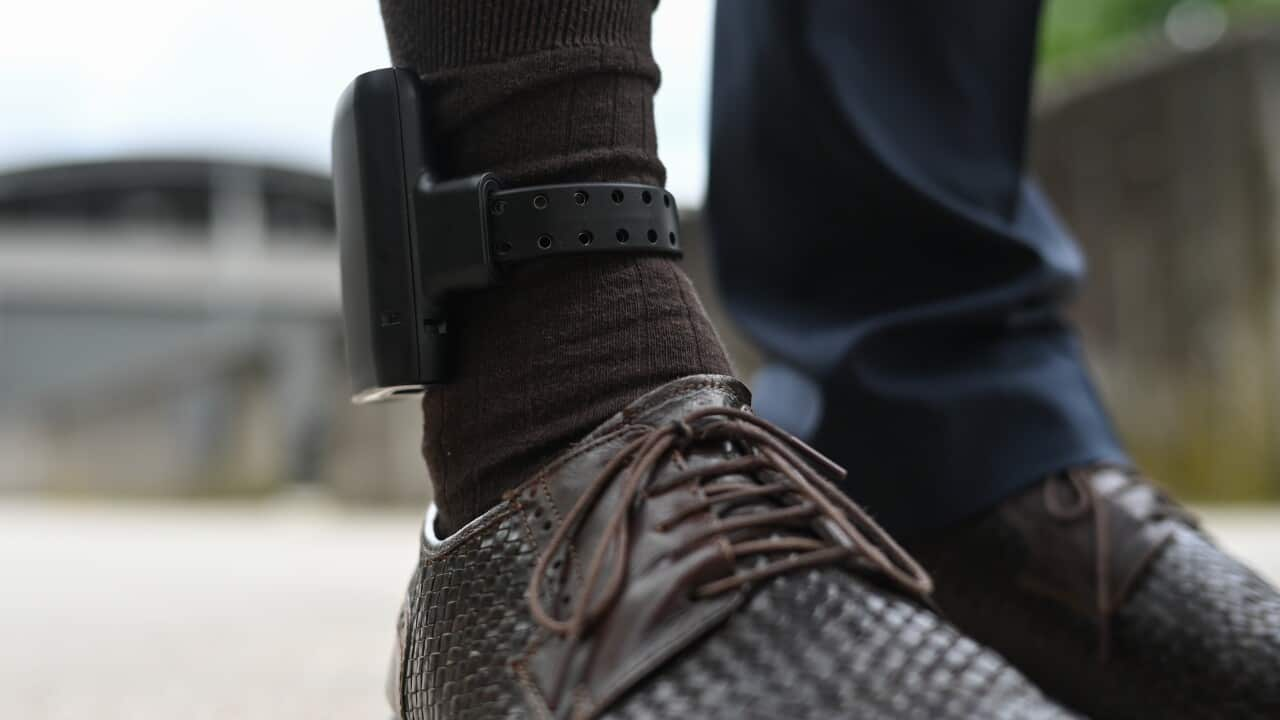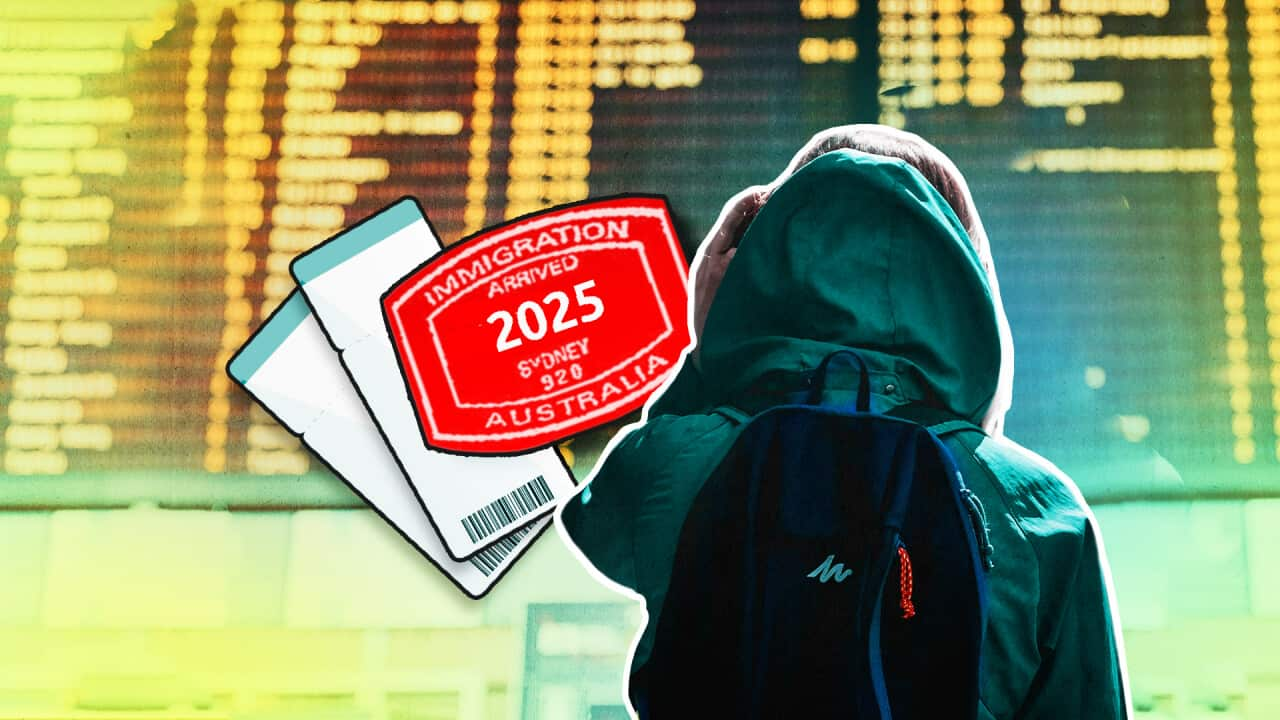Key Points
- A man in his mid-thirties has been released after almost a decade in immigration detention.
- More than 140 people have been released into the community in recent weeks.
- Two High Court challenges have been launched opposing the restrictive conditions.
After nearly a decade in immigration detention, Khalil dipped his toes in the ocean in celebration of his new-found freedom.
More than 140 people have been released into the community in recent weeks after the High Court ruled indefinite detention was unlawful.
The stateless man in his mid-thirties, whose identity is not being disclosed, says life on the outside is extremely fast and chaotic as he adjusts to new surroundings.
Immigration detention was a cemetery and I was living in my grave
"Looking at the sea, the trees, the clouds, going out for a walk, having dinner at a restaurant makes me feel human again," Khalil told AAP.
"I feel like my soul has come back to me because immigration detention was a cemetery and I was living in my grave."
But rhetoric from Labor and Liberal politicians, which human rights groups and experts have labelled as extremely dangerous and punitive, has left him unsettled.
"They have put everyone in the same basket whether you're a murderer or rapist or someone with minor charges."
Originally from the Middle East, Khalil's criminal history includes disorderly behaviour and numerous traffic offences.
With the charges in effect cancelling his humanitarian visa, he was jailed for several years then transferred to various immigration detention centres including Melbourne, Perth and Christmas Island.
He showed video footage taken by other inmates of security guards putting him in a headlock and throwing him to the ground in one incident as an example of his ill-treatment.
He also recounted losing several friends to self-harm and suicide from the mental toll of being locked up without any hope of their cases being resolved.
"I've spent years in incarceration, five of them just waiting to be deported ... and now it's embarrassing to be wearing an ankle monitor under my pants the whole time."
The High Court's landmark decision prompted the federal government to release detainees with varying visa statuses.
It allocated $255 million toward enforcing strict visa conditions that were rushed through parliament, requiring all newly released immigration detainees to wear an ankle bracelet 24 hours a day and to be in their homes between 10pm and 6am daily.
Under increasing pressure from the opposition, Home Affairs Minister Clare O'Neil has vowed to quickly finalise "the toughest possible preventative detention regime" before parliament finished sitting for the year.
Khalil has been placed on a Bridging R (Removal Pending) visa, meaning he can be deported at any point if a safe country accepts him.
"I feel my hands are tied and I'm being controlled. They have released us but are not trusting us to be able to continue our lives and to be in the community."
Two High Court challenges have been launched opposing the restrictive conditions: one by an Afghan Hazara refugee and the other on behalf of a Chinese refugee known as S151.
Both men are seeking a court declaration that the curfew and electronic tracking bracelet included in their bridging visa conditions amount to punishment.
Legal experts and refugee advocates maintain the government's actions constitute executive overreach.
This is because they penalise non-citizens compared to Australian citizens who have served their jail sentences being released into the community without any restrictions in most cases.
"I still feel criticised and discriminated against," Khalil said.
"They have released me but they still have their hands on my throat because they don't believe I have been rehabilitated and that I've learnt from my mistakes."










